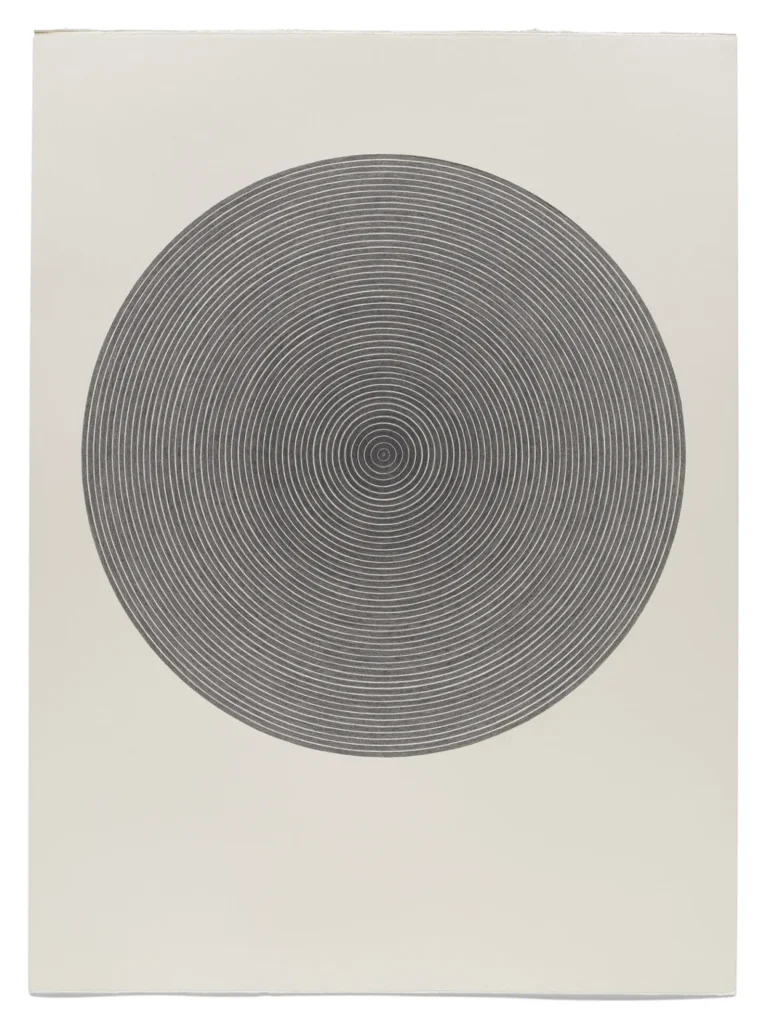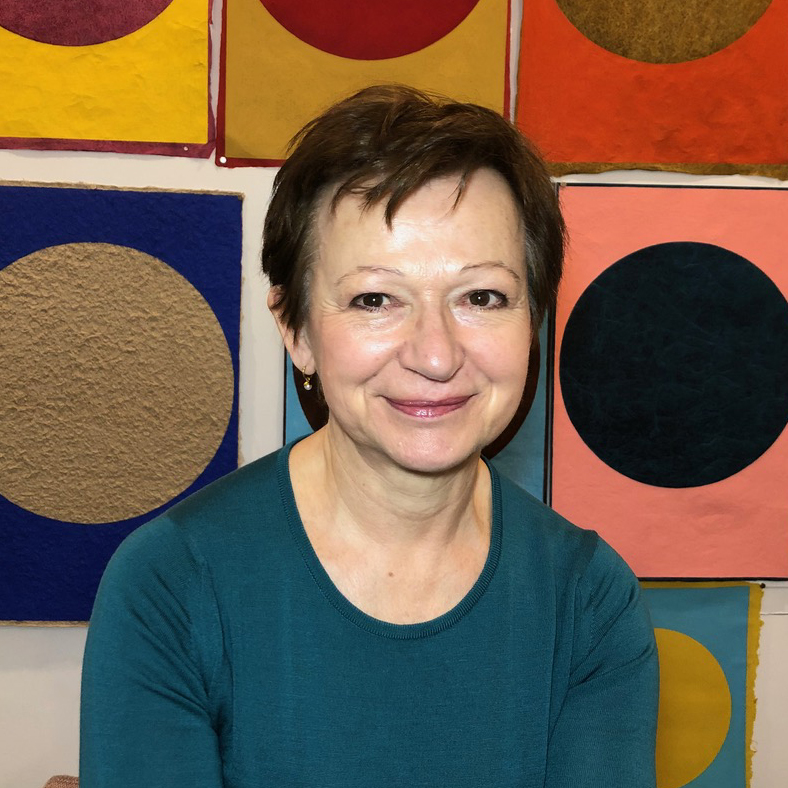Your basket is currently empty!
Lines of Empathy, London, 2023

Lines of Empathy
Patrick Heide Contemporary Gallery London
Curated by Giulia Ricci
25 February Lines of Empathy Book Launch and Artists’ Conversation.
Lines of Empathy, conceived by artist Giulia Ricci, began as a collection of interviews with artists who answered a set of questions posed by Giulia about one of their works on paper. Giulia felt a connection to each of their practices where concerns and approaches related closely to her own. The project originated as an idea for an exhibition before the pandemic struck but during lockdown when real life exhibitions weren’t possible, Giulia revised her thoughts spurred on by conversations with artists and online studio visits.
The idea to use interviews as the format for the project came from Autoritratto, a book published by De Donato (Bari, Italy) in 1969 and written by art critic Carla Lonzi. Giulia discovered this volume while she was studying at the Academy of Fine Arts in Bologna the late ‘90s and it made a significant impact on her thinking as an artist.
Autoritratto is a collection of interviews with 14 artists who were working in Italy in the 1960s, including Luciano Fabro, Jannis Kounellis and Pino Pascali. Lonzi recorded numerous conversations with them which she transcribed and edited into a sort of collage interspersing the various voices with one other, including her own as interviewer. She used interview as a method to let artists speak for themselves. A successful art critic throughout the decade, in the late ‘60s she was increasingly scathing about her colleagues in the Italian context; she saw the elite of art critics, primarily men, as being in control of the artists’ voices and was acutely aware of the sense of power struggle.
Unlike Autoritratto, Giulia’s project is based on written interviews. Giulia writes: ‘I wanted to collect the artists’ reflections through their own words in writing and ensure that they would have time to reflect on their answers, given the level of detail I asked of them. I have really enjoyed reading the variety of writing styles with which everyone has expressed their own thoughts. The second reason is that, like the eloquently titled Autoritratto, my project has a fundamentally autobiographical component which is manifested in the choice of the artworks, each touching on aspects I feel close to in my own practice, and in the nature of the questions, focus on characteristics that are very important in my own work’.
